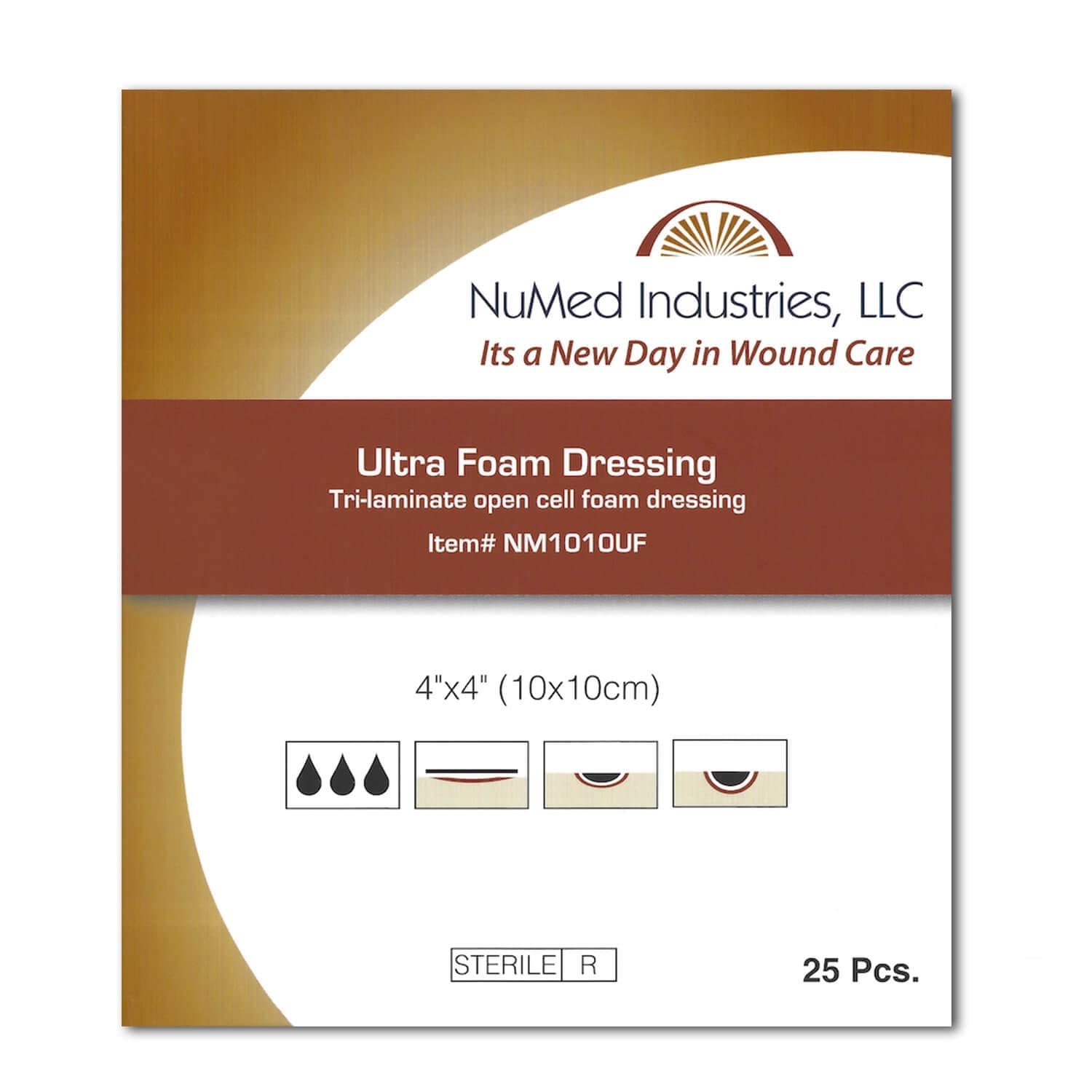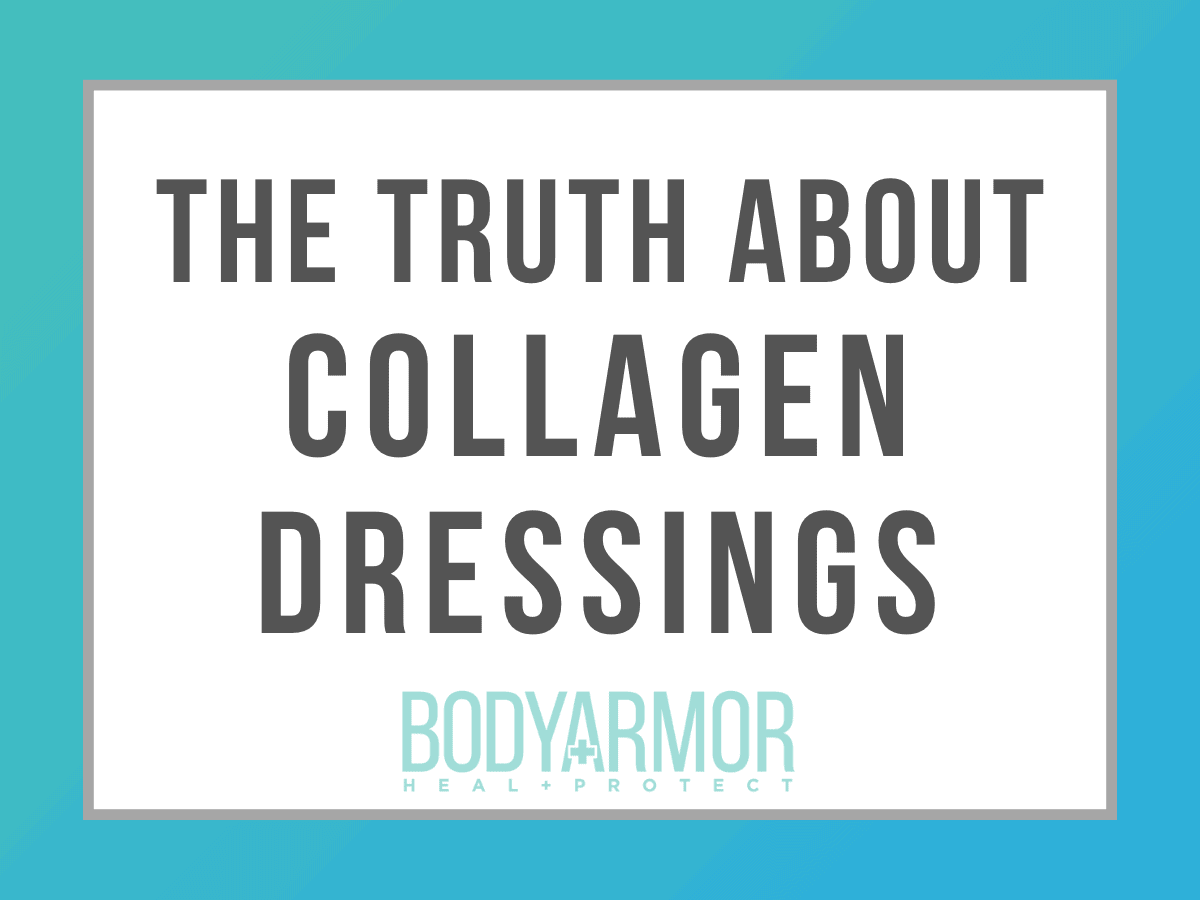
Foam Wound Dressings are absorbent, non-adherent pad-like dressings that draw moisture and debris away from the wound and protect from contaminants. These dressings are often used to protect intact skin from damage related to pressure and friction.
Foam dressings are an excellent choice for the management of moist wounds and are particularly effective at minimizing discomfort and pain by providing padding to the wound and preventing dressing related trauma.

Top 5 benefits of foam wound care dressings:
– Moisture Absorbtion
– Temperature Control
– Fills In Wound Bed To Prevent Fluid Buildup
– Protects From Outside Contaminants
– Provides Cushion and Padding

What is a Foam Dressing?
Foam dressings are made up of fibers with small open cells that form an absorbent, sponge-like material. These open cells draw up drainage and debris from the wound bed, promoting a moist healing environment for natural healing.
Foam dressings are non-adherent and provide thermal insulation while acting as a protective cushion over the healing wound bed. These dressings allow water vapor across the surface of the wound, but block fluids, bacteria, and other contaminants from entering.
Foam dressings can also be used to protect intact skin from friction and to cushion and offload pressure over bony areas, reducing the risk of breakdown.
How to Apply Foam Dressings
- clean with wound cleanser or saline, pat dry
- cut foam to approximately 1 inch larger than wound
- cover & secure with secondary dressing if indicated (secondary dressing not required with Ultra Bordered Foam Dressing)
- recommended dressing change every 3-7 days, depending on amount of wound drainage
Uses for Foam Dressings
- wounds with small to large amounts of drainage
- pressure ulcers (stages II-IV)
- venous stasis ulcers
- infected wounds
- painful wounds
- may be used under compression
- wounds with red granulation tissue or soft necrotic tissue (slough)
- hypergranulation tissue (excessive or raised granulation tissue extending above skin surface)
- shallow, draining wounds
- deep cavity wounds
- fragile intact skin
Considerations for Foam Dressings
- may require secondary dressing to hold in place (no secondary dressing required with Ultra Bordered Foam Dressing which features hypoallergenic adhesive border)
- not indicated for dry (non-draining) wounds, dry necrotic tissue (eschar), 3rd degree burns, or sinus tracts

No Insurance, No Problem! Just Add to Cart and Enter Your Payment Information and Your Supplies Will Be On The Way! 🚚
🎖 Your Order Supports US Veterans Through Operation Second Chance 🇺🇸
Wondering if a foam dressing is the right choice for you? Ask any questions in the comments below!








